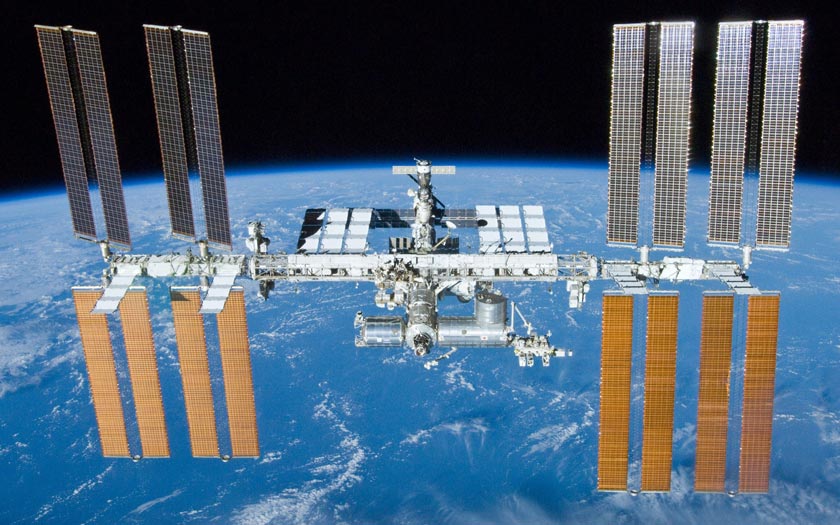Farewell to the ISS: an orchestrated descent to Point Nemo, Earth’s space graveyard
After more than three decades of dedicated service to science, the International Space Station (ISS) prepares to say goodbye. Launched in 1998, it has been a symbol of international cooperation and an unprecedented science laboratory in low Earth orbit. However, after 2030, the station will no longer be able to guarantee the necessary security for its occupants. Therefore, a well-deserved retirement awaits the ISS in 2031, but not before a carefully orchestrated descent process.
The descent of the ISS will begin in 2026, with a first phase which will reduce its altitude from 400 to 320 km. Once at this altitude, a team will be sent to carry out a complete cleaning of the station. The objective will be to recover any valuables and reduce the weight of the station as much as possible.
A smooth descent
After the cleanup, the ISS will be at an altitude of about 280 km and will begin to be slowly pulled into the Earth’s atmosphere. This is where the Russian cargo ship Progress comes into play. Usually used to supply the ISS, the Progress is intended to give a boost to the station. However, the effectiveness of this intervention remains uncertain. Therefore, NASA asked the US Congress for funding of $1 billion in 2024 to develop a more capable space tug.
Once towed, the station will be at an altitude of 120 km and will pass through the thinnest layer of the atmosphere at a speed of 29,000 km/h. This extreme speed will cause its solar panels to stall. Then, at an altitude of about 80 km, the ISS modules will be ripped off and disintegrate due to the extreme temperatures, causing several sonic explosions.
Meet at Point Nemo
The final destination of the ISS is Point Nemo, located in the Pacific Ocean, a vast maritime area between New Zealand and South America. Known as Earth’s space graveyard, Point Nemo is devoid of human life and has low underwater life activity due to a lack of nutrients.
The controlled descent of the ISS will be a major challenge, given its mass. Weighing 450 tons, the ISS is a real heavyweight compared to the 120-ton Mir station (1986-2001) and the 90-ton Skylab station (1973-1979). Despite these challenges, space agencies are determined to ensure a safe and controlled end of life, marking the end of an era of space research and paving the way for new adventures in space.



